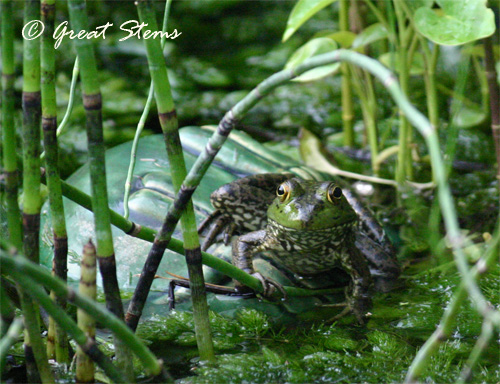Okay, it’s not really a pear tree, but it doesn’t matter because this newly modified last line to “12 Days of Christmas” is now stuck in my head, so the tower might as well BE a real pear tree. Maybe I’ll just modify the whole song and go with it forevermore.
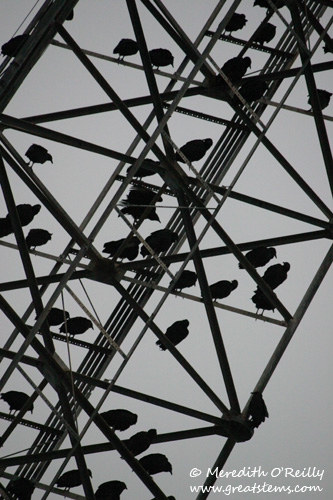
I’ve got so much to share and had a hard time deciding what to show first — our two new snakes, gigantic pine cone gifts, wintering birds, clay birds, or 300 vultures — plus, I’ve got 4 days left to post our third-year update if I want to show it in 2011. Well, you can see what won out, mainly because I can’t get the lyric out of my head. Maybe it will get stuck in yours, too. Then we all win. Merry Christmas.
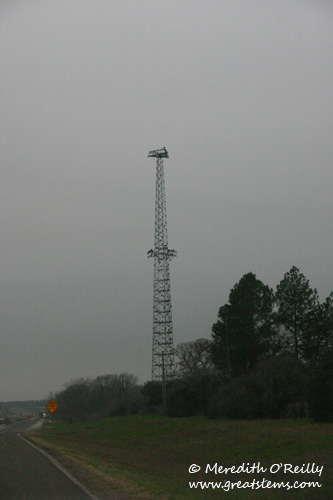
The Far-Away Shot
We were driving out to Nacogdoches for Christmas Eve when we came upon the tower/pear tree, decorated for the holidays with lots of living bird ornaments (and probably lots of smelly poop). The kids didn’t even bat an eye when I made an almost-immediate u-turn and drove back to document this awesome Christmas sight. They are so used to this from me — how many times have I driven back for a must-have picture, sometimes turning around after miles of driving along wondering whether I should turn around? They only raise a fit when we are traveling and I see a little local garden nursery that I want to stop at. Oooh, a nursery — can we stop? NO, they say. I have yet to stop at a nursery while traveling with my boys, but SOMEDAY I WILL. Mark my words.
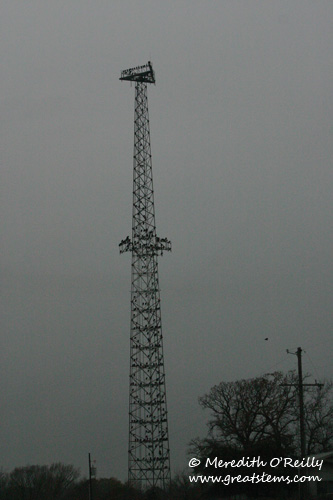
Getting closer. I’m so sneaky, as if 300 vultures wouldn’t notice a 4-passenger car with headlights on as it approaches on a misty evening at dusk.
No, they are not great pictures, as they were taken through a car window lest the 300 vultures get startled by my presence and get all panicky and either start pooping on me or throwing up on me, as vultures are known to do. Well, they’re not known to that to ME, as clearly I take precautions (like staying in the car), but it actually is their defensive response to those things that might threaten them, not that I was doing anything more than taking pictures and wishing them happy holidays. Just never, ever walk up and say “Boo” to a vulture. That’s all I’m saying.
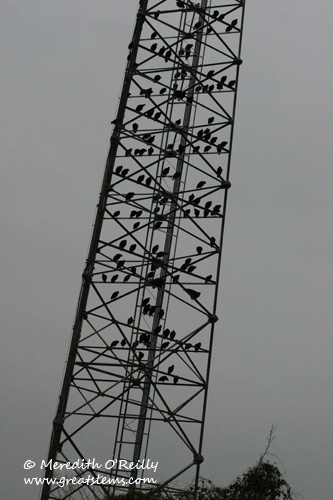
When one leans out a window over her teenage son, this is the kind of shot she gets.
Anyway, the tower/pear tree was filled with more vultures than I could count, though I did my best estimate. Know what the collective term for vultures is? Committee, or wake (also, colony). Well, this was the biggest dang committee of vultures I’d ever seen, and the biggest dang wake of vultures, too. Anyone else thinking about our political system right now?
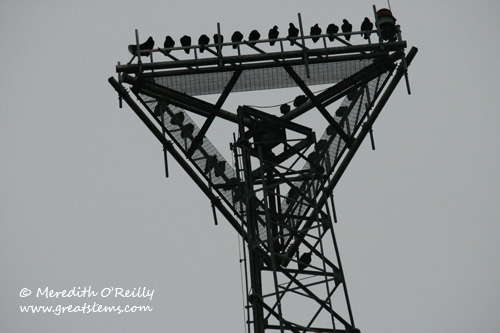 Here’s Great Stems’ 12 Days of Christmas song, inspired by our Winter 2011 wildlife:
Here’s Great Stems’ 12 Days of Christmas song, inspired by our Winter 2011 wildlife:
On the 12th day of Christmas, nature gave to me,
12 hungry white wings,
11 juncos landing,
10 titmice squawking,
9 chickadees answering,
8 sleeping lizards,
7 planted dill plants,
6 wintering species that won’t fit in the song,
5 FAT BLUE JAYS,
4 pine cone thieves (squirrels),
3 dogs after them,
two sneaky snakes,
and 300 vultures in a pear treeeeeeeee!
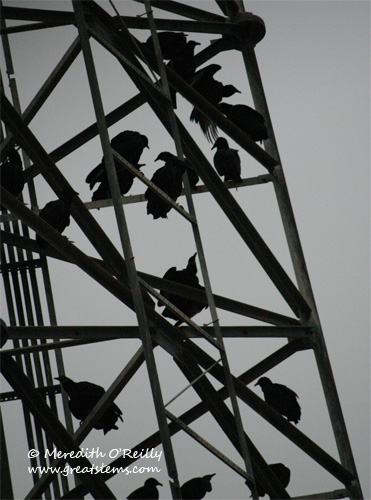
Cheers to all — I hope you are having the best of holidays!
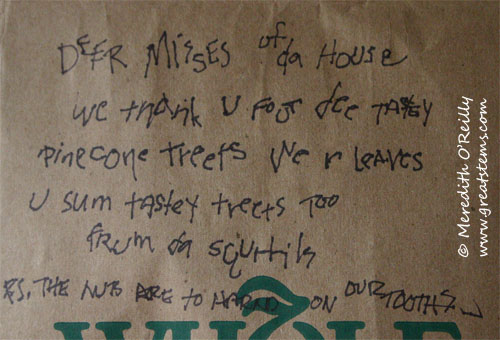
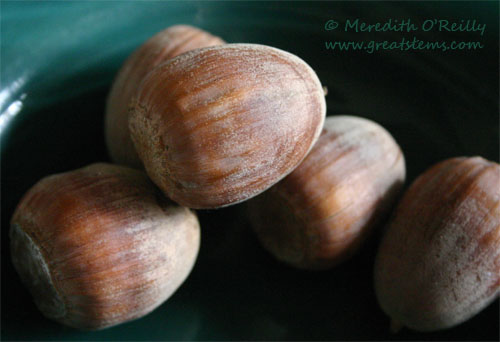
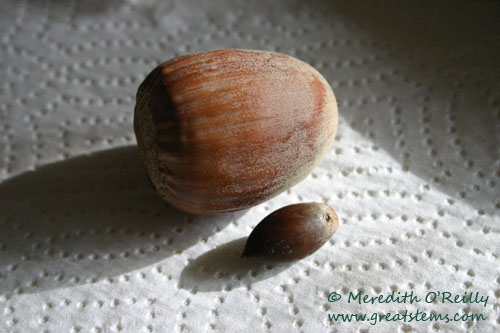
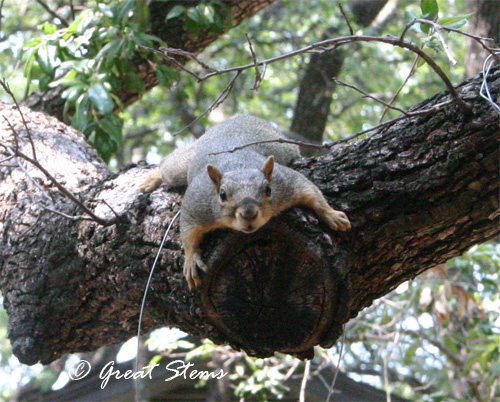
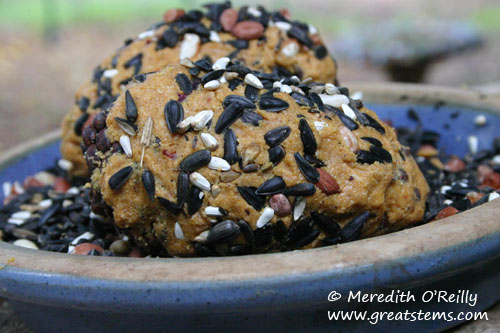
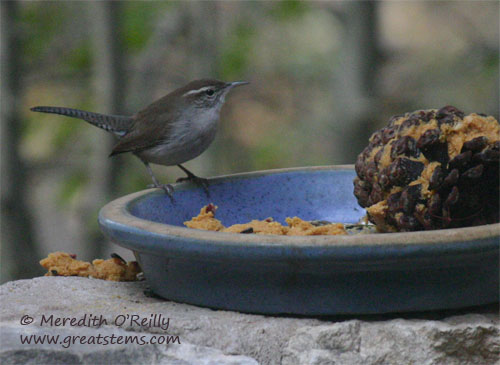
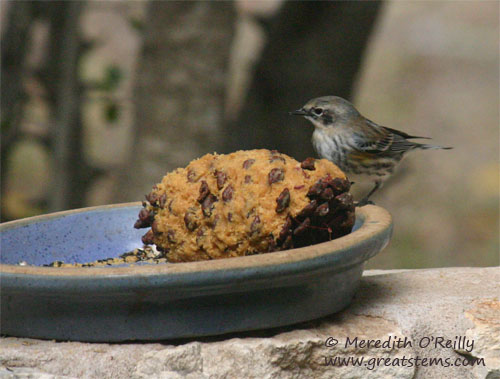
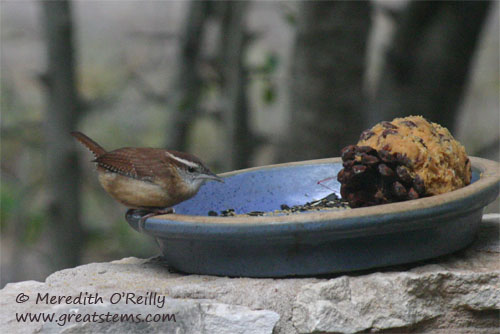
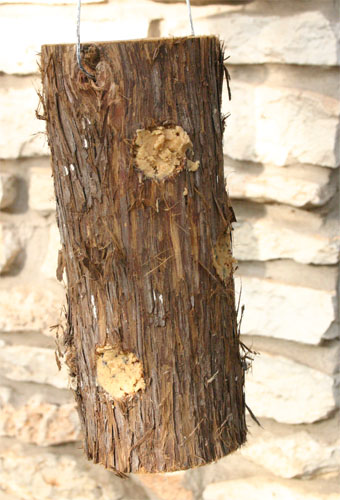
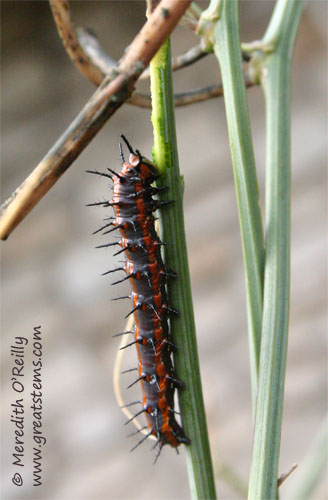
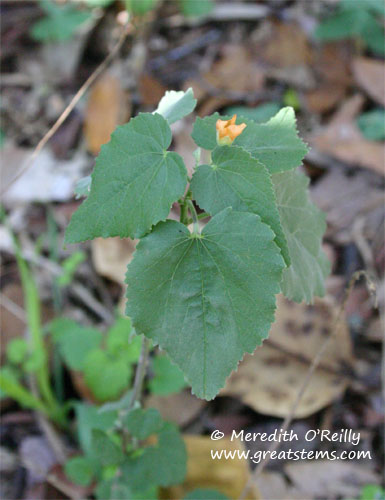
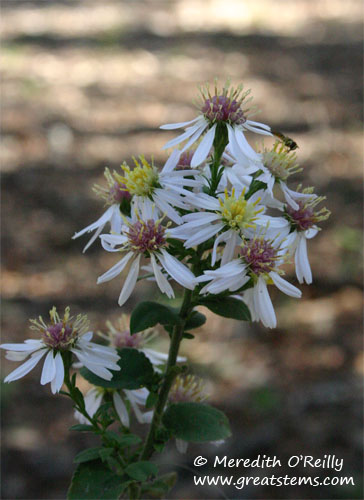
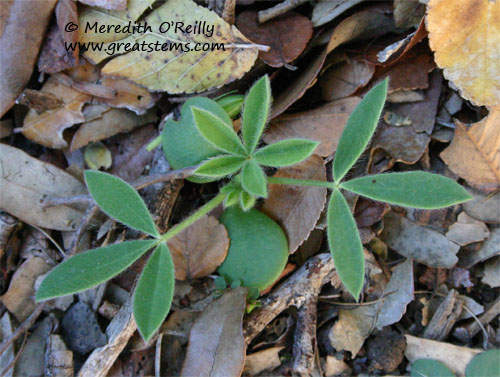
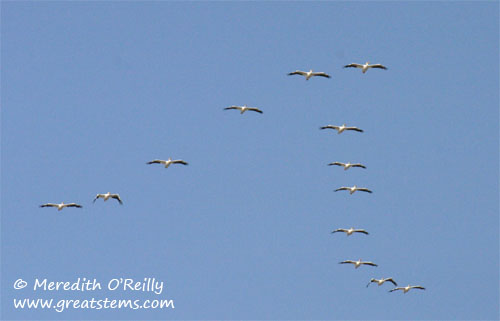
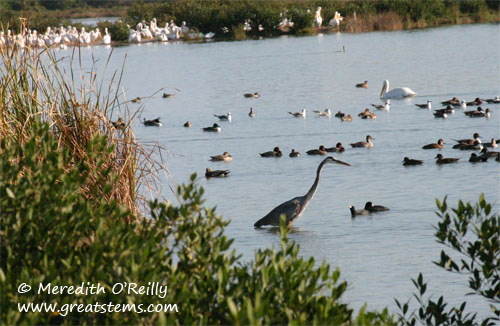
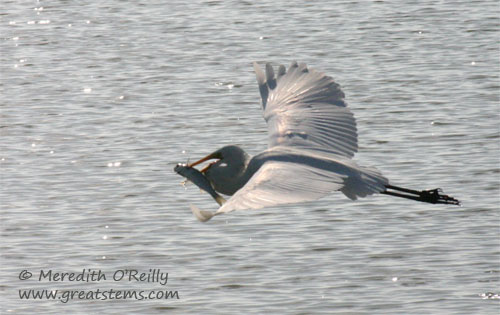
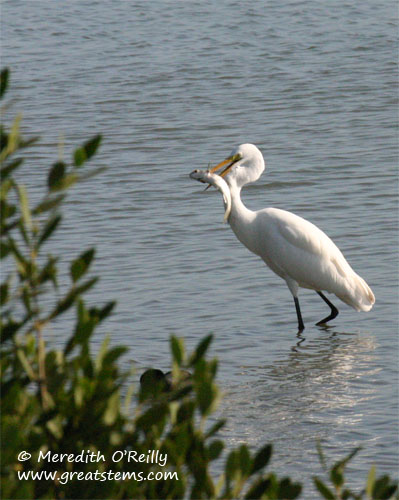
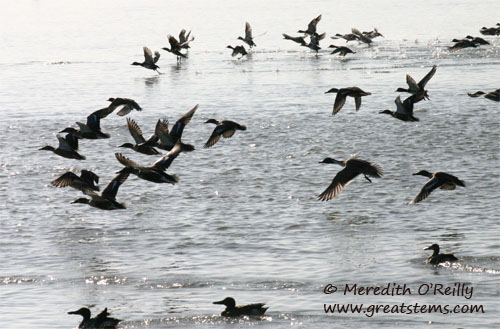
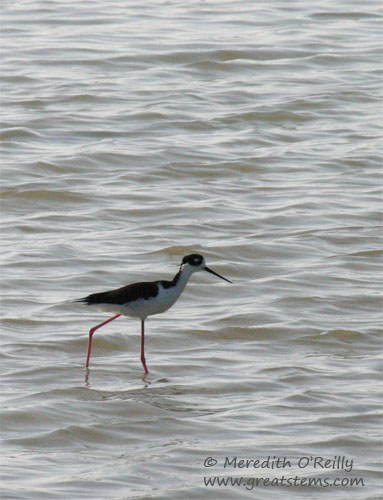 Black-Necked Stilt
Black-Necked Stilt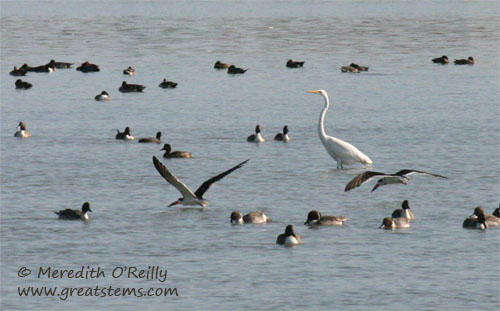
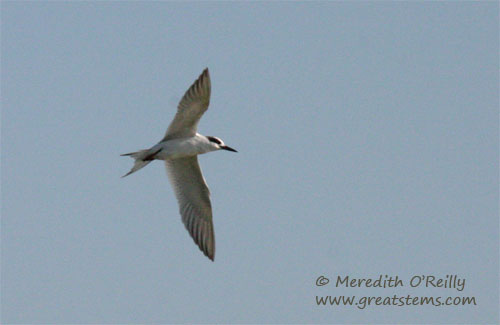 A Least Tern periodically hovered in the sky near us. It was quite vocal, too.
A Least Tern periodically hovered in the sky near us. It was quite vocal, too.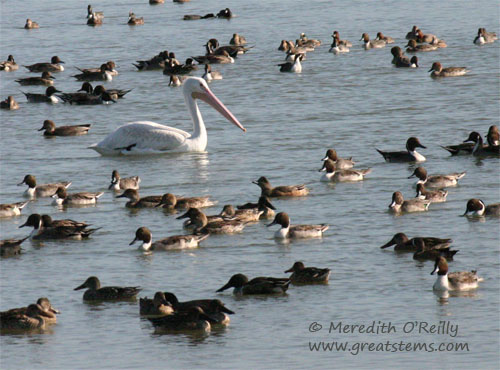
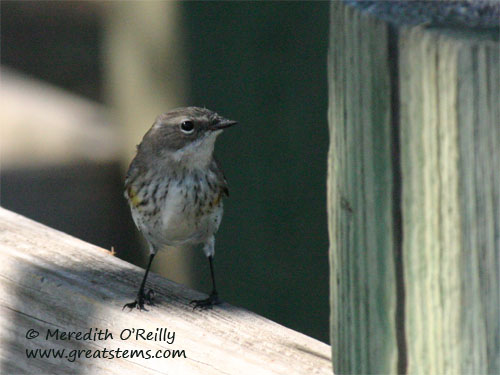
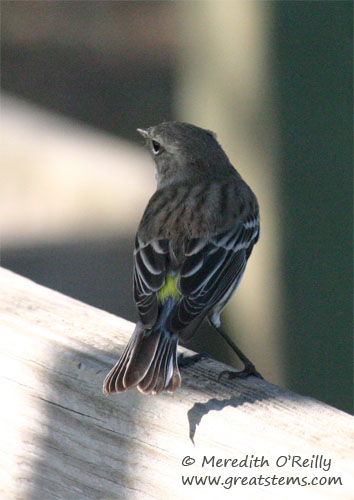
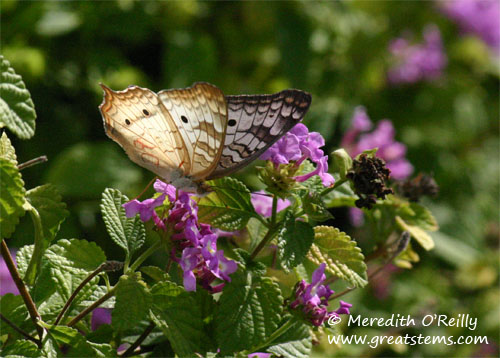

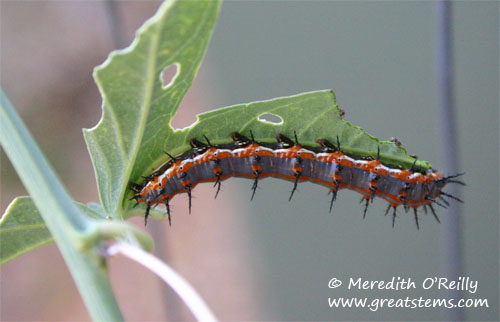
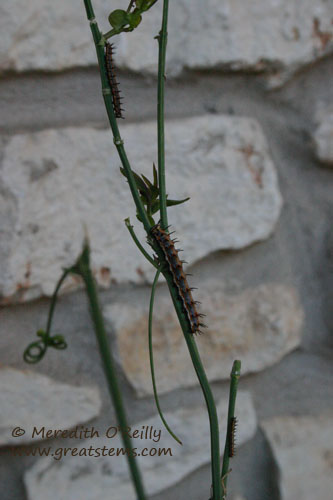 My poor plant, formerly known as “quite large,” has very few leaves left on it! Now I have to worry about the little caterpillars running out of food. My babies!
My poor plant, formerly known as “quite large,” has very few leaves left on it! Now I have to worry about the little caterpillars running out of food. My babies!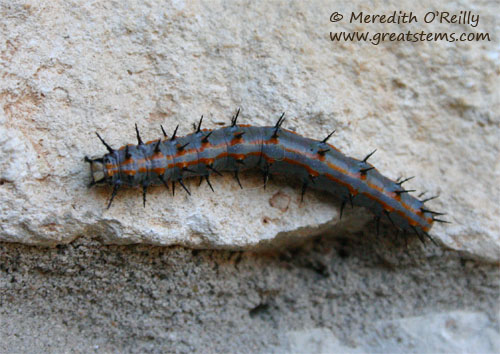
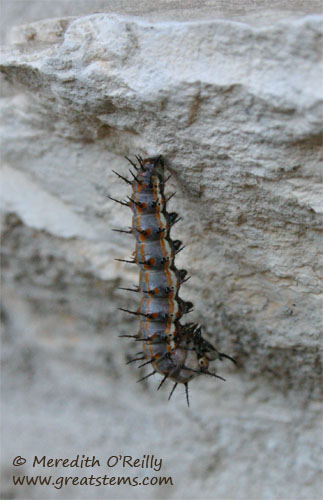
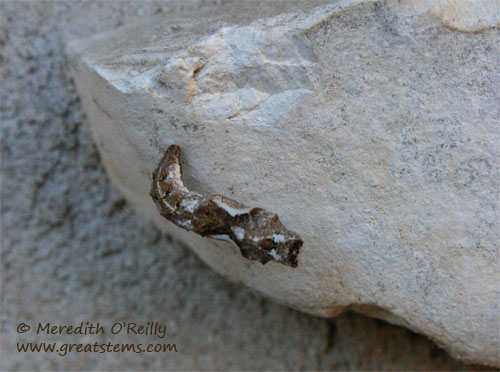
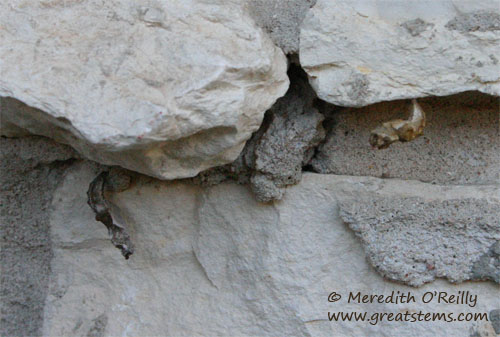
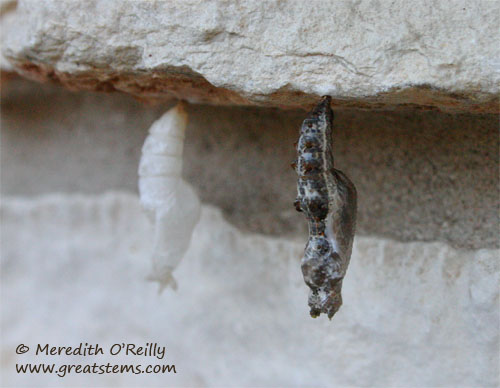
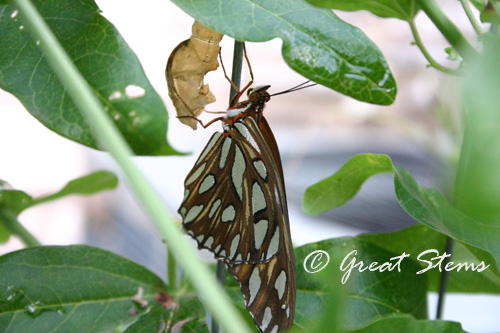
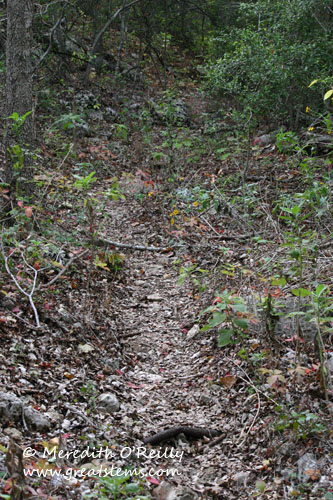
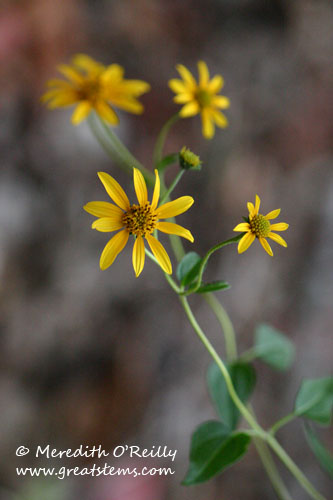
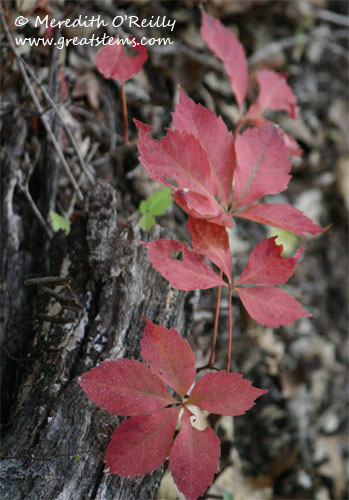
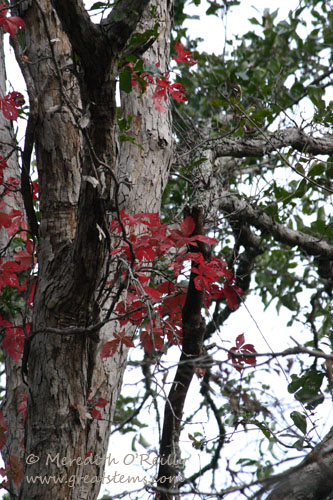
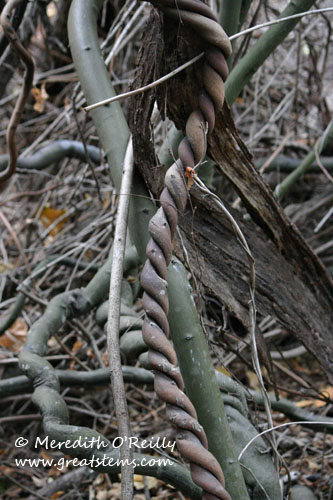
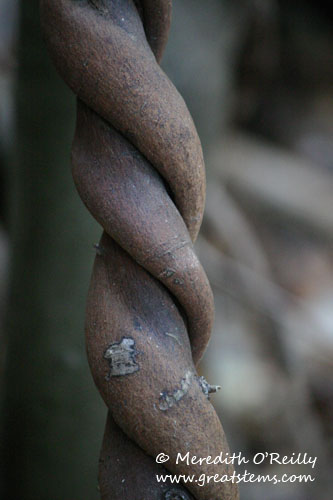
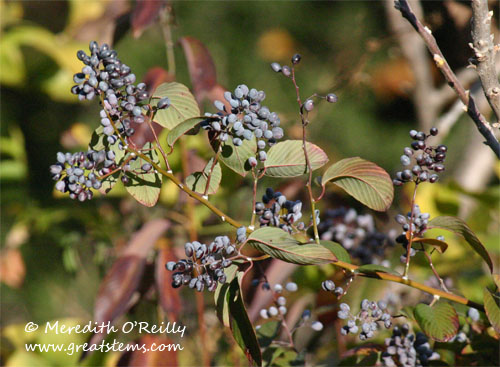
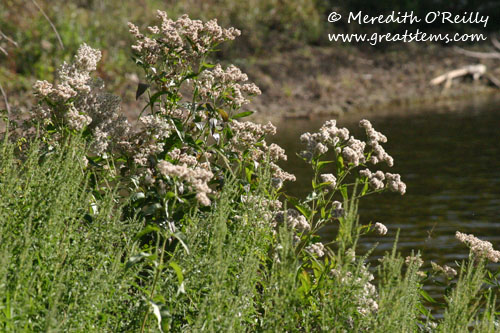
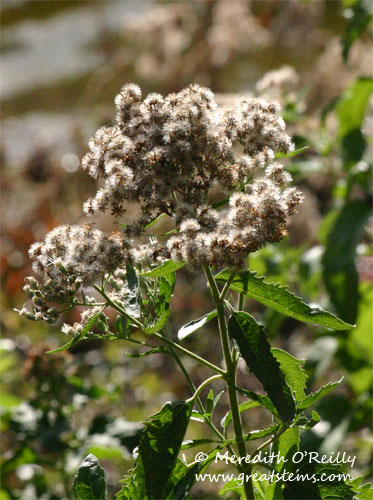
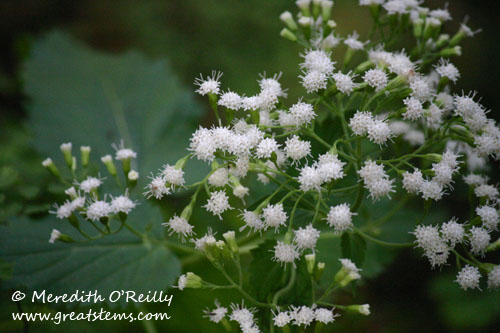
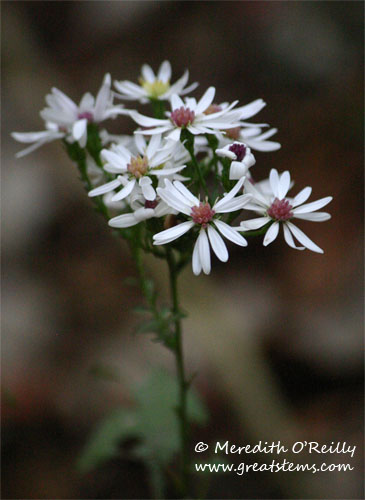
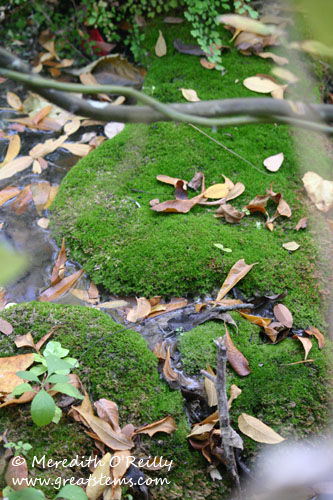
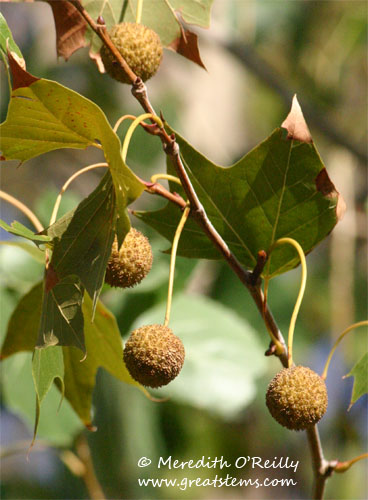
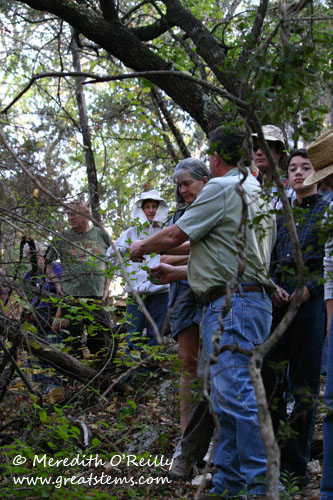
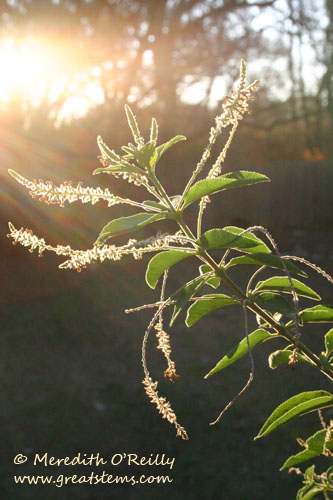
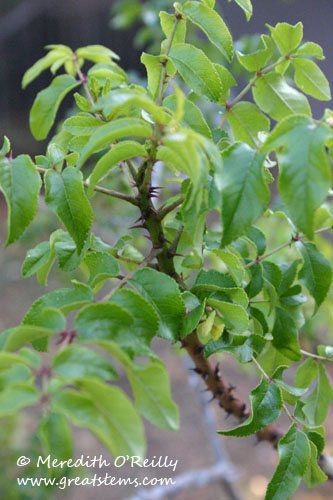
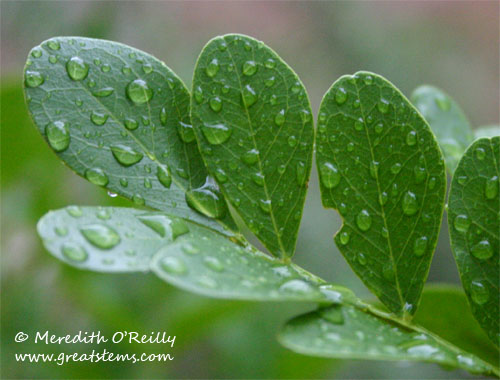
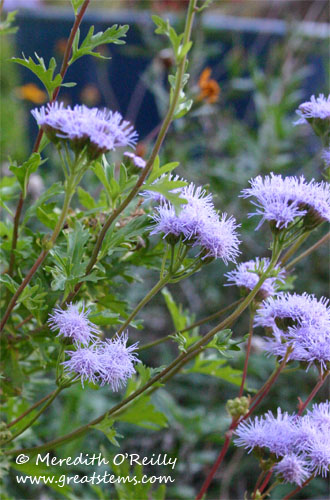 Also, I’m seriously overdue on giving my annual garden update. Pending, pending, pending! But I’m happy to be back at my beloved Great Stems, blogging once again! I know I only disappeared for a couple of weeks, but it felt like an eternity!
Also, I’m seriously overdue on giving my annual garden update. Pending, pending, pending! But I’m happy to be back at my beloved Great Stems, blogging once again! I know I only disappeared for a couple of weeks, but it felt like an eternity!